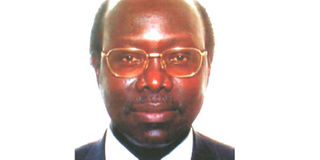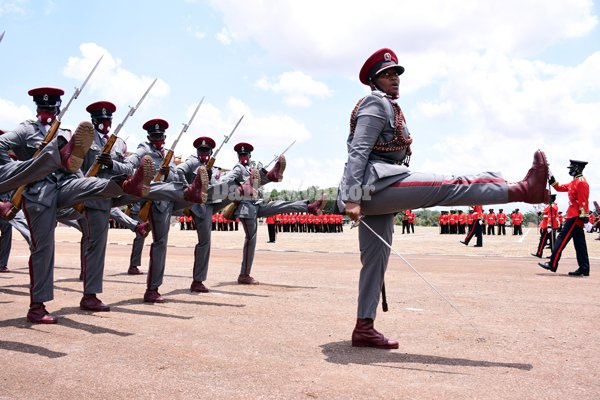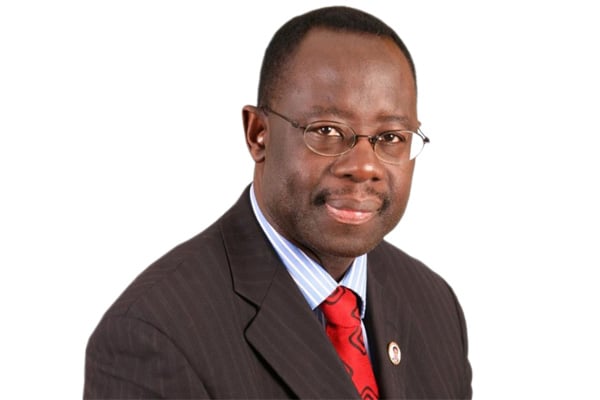Prime
Uganda @60: Where did we go wrong?

What you need to know:
- It’s not an exaggeration to say that the 1960s were the golden age of Uganda which was the envy of East Africa.
In three months’ time, Ugandans will celebrate or mark the 60th anniversary of independence, depending on which side of the political divide one belongs to. Under normal circumstances Ugandans should, in accordance with the lyrics of our national anthem, stand united and free for liberty as happened in 1962.
In the first of a three-part series, I will reflect on the past of Uganda’s struggle for self-determination and independence. October 9, 1962, was a historic day for the people of Uganda.
FIND ARTICLE: Uganda’s changing fortunes from Amin to Among
On that landmark occasion, I was a S2 student at Sir Samuel Baker School, Gulu, which was the premier secondary school in Northern Province, renamed northern region after independence.
The northern region consisted of four districts, Acholi, Karamoja, Lango and West Nile. Gulu was the provincial and later regional capital. There were 18 districts in Uganda in 1962. Eastern region consisted of Bugisu, Bukedi, Busoga and Teso; Western Region had Ankole, Bunyoro, Kigezi and Tooro while Buganda had Masaka, Mubende and Mengo.
Uganda was a beautiful, peaceful, promising and relatively prosperous country with a population of about 6.5 million which ex-British Prime Minister Winston Churchill called “the pearl of Africa.”
Unlike Ghana which achieved independence on March 6, 1957, five years after gaining self-government in 1952, Uganda achieved self-government on March 1 and independence on October 9, 1962.
In 1960s, Uganda and Ghana enjoyed cordial and friendly diplomatic relations to the extent that at the first OAU Summit held in Addis Ababa, Ethiopia, in May 1963, only two African leaders were prepared and ready to surrender national sovereignty in favour of a continental African union and government; these were president Kwame Nkrumah of Ghana and prime minister Milton Obote of Uganda.
The verdict of history on these two distinguished pan-Africanists will be glorious, heroic and positive.
Building unity in diversity
One of deliberate efforts the first UPC government made was to build and promote unity in diversity among more than 40 ethnic groups which the British brought together to form Uganda Protectorate in 1894 and at the beginning of the 20th century.
Obote provided effective leadership by example as well as clean leadership which was devoid of corruption and nepotism. Appointments to Cabinet and public service were made on merit and reflected the ethnic diversity of Uganda. At a personal level, Obote never spoke his mother tongue in public discourse and always used the official language of Uganda -- English. By the end of the first decade of independence these nation building efforts had yielded significant results.
The first post-colonial government identified correct national priorities to fight ignorance, poverty and disease which affect the lives of all Ugandans, especially wananchi. The sectors which were accorded priority in the first and second five-year development plans and in the national budgets of the 1960s were education, agriculture and health. These three vital sectors for rapid economic and social development were allocated about 35 per cent of the budget which is double what prevails today.
It’s not an exaggeration to say that the 1960s were the golden age of Uganda which was the envy of East Africa. The solid foundation which government laid in the 1960s in all key sectors has sustained Uganda for almost 60 years. If the reactionary and externally engineered military coup of January 1971 did not take place, Uganda would have achieved middle income status long before Kenya and Tanzania.
In international relations, Uganda’s foreign policy promoted good neighbourliness in the Great Lakes region, continental African unity and non-alignment globally. Uganda’s diplomatic service was competent, effective and efficient because it was predominantly a career service.
Mr Acemah is a political scientist and retired career diplomat.




